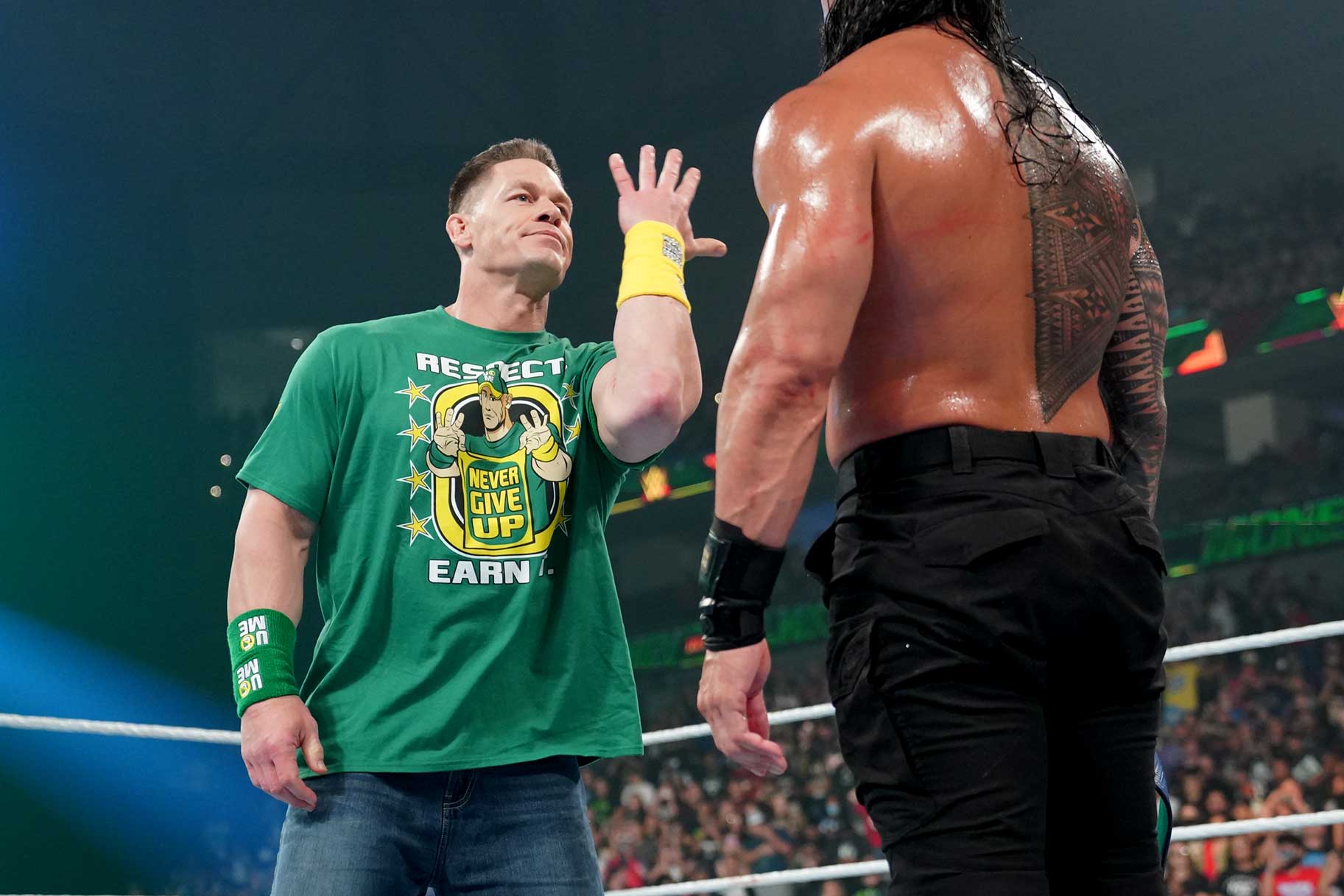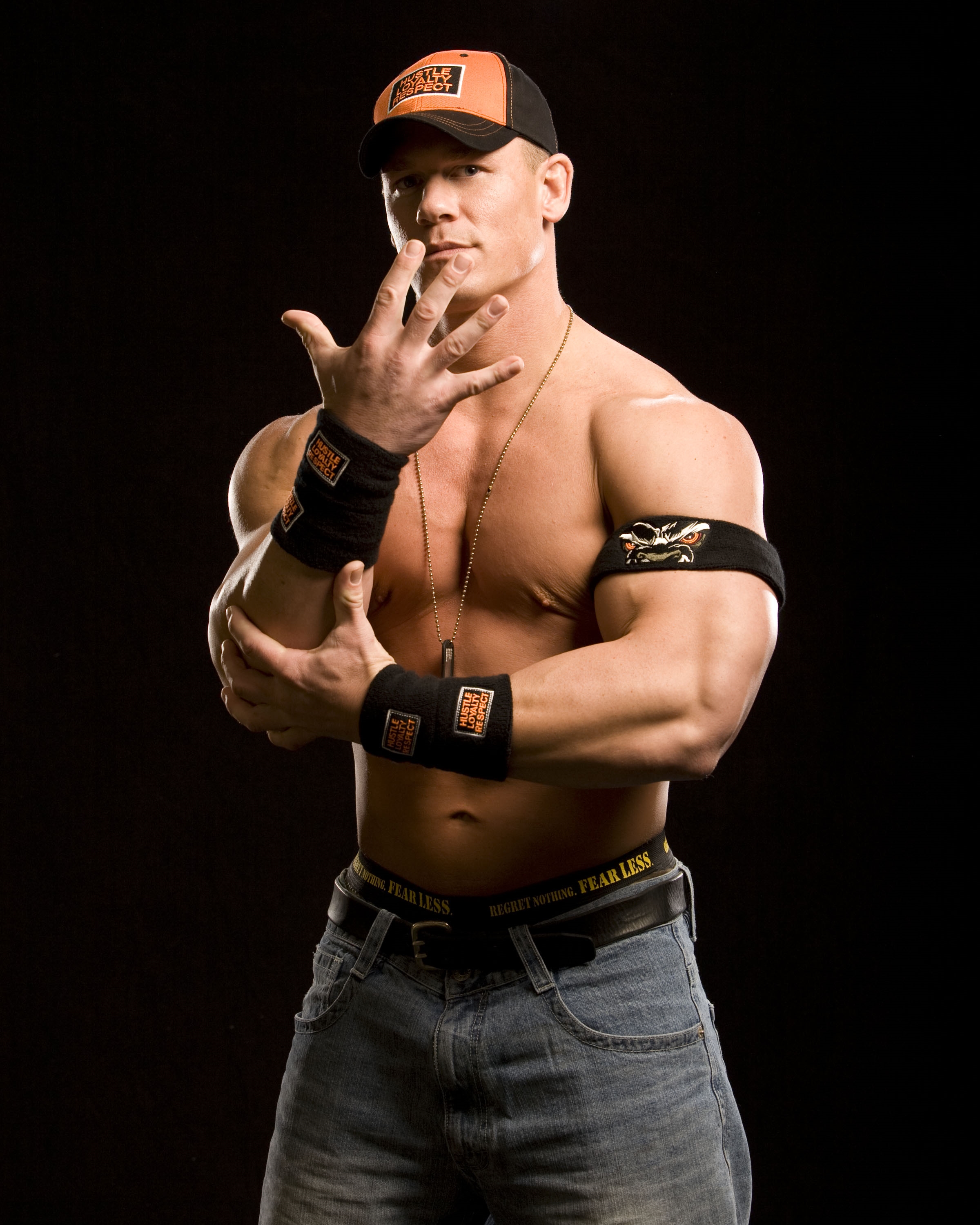Where Was John Lennon Killed? Uncovering A Tragic Landmark
The world paused on a chilling December night, as news spread of a truly heartbreaking event. Many people still remember exactly where they were when they heard the devastating news. The question, "where was John Lennon killed," remains a poignant query, bringing to mind a specific, rather iconic spot in New York City. This particular location holds a powerful, yet somber, place in music history, a place where the life of a global icon came to an abrupt, tragic end. The name John, in a way, carries a long and varied history. For instance, "My text" tells us about John the Baptist, a man sent from God, who, it says, came as a witness to testify concerning a light. Similarly, another John, John Lennon, became a witness to a very different kind of light, shaping culture and music for millions. It's almost, then, that the name itself holds a certain weight, connecting figures across time.
On December 8, 1980, the vibrant energy of New York City was pierced by an act of senseless violence. John Lennon, a beloved musician, songwriter, and peace activist, was taken from the world far too soon. His passing left an immense void, and the details surrounding it, especially the precise location, are often sought out by fans and historians alike. It's a moment that, you know, really changed everything for so many people.
The site of this profound loss was the entrance to his residence, a truly famous building on the Upper West Side of Manhattan. This building, a rather grand and imposing structure, became inextricably linked with the final moments of a legendary life. We will explore the specific details of this place, the events of that night, and the lasting impact it had on the world, so you can truly grasp the full picture.
- Red Claws Basketball
- Janoskians Beau Brooks
- Old White Male Actors With White Hair
- Jimmy Carter Net Worth
- Watch Online Hindi Tv Serials Free
Table of Contents
- John Lennon: A Brief Life Sketch
- Personal Details & Bio Data
- The Dakota Building: A Historic Setting
- The Fateful Night: December 8, 1980
- Mark David Chapman: The Perpetrator
- The Immediate Aftermath and Legacy
- Frequently Asked Questions About John Lennon's Passing
John Lennon: A Brief Life Sketch
John Winston Ono Lennon, born in Liverpool, England, on October 9, 1940, grew into a figure of immense cultural significance. He rose to global fame as a founding member of The Beatles, arguably the most influential band in music history. His songwriting partnership with Paul McCartney created a catalog of songs that, even today, resonate deeply with people across generations. He was, you know, a true pioneer in music.
After The Beatles disbanded, Lennon pursued a successful solo career, creating powerful and often politically charged music. Songs like "Imagine" became anthems for peace and unity, really cementing his role as an artist with a strong message. He and his wife, Yoko Ono, were prominent peace activists, often using their platform to advocate for non-violence and social change. His work, in some respects, truly transcended music.
His move to New York City in the mid-1970s marked a new chapter, a time when he focused on family life and, later, a return to music. He was, basically, a man who lived many lives within one. His influence, arguably, continues to shape music and culture even now, decades after his passing.
- Death And Life Are In The Power Of The Tongue
- When Are Sean And Ainsley Getting Married
- How Much Did Blippi Sell For
- Gay Black Guys
- How Did Technoblade Die
Personal Details & Bio Data
| Name | John Winston Ono Lennon |
| Born | October 9, 1940, Liverpool, England |
| Died | December 8, 1980, New York City, USA |
| Occupation | Musician, Songwriter, Activist |
| Spouse | Cynthia Powell (m. 1962; div. 1968), Yoko Ono (m. 1969) |
| Children | Julian Lennon, Sean Lennon |
| Notable Works | The Beatles' catalog, "Imagine," "Give Peace a Chance," "Instant Karma!" |
The Dakota Building: A Historic Setting
The answer to "where was John Lennon killed" leads directly to the Dakota Building. This grand apartment structure, located at 1 West 72nd Street in New York City, is a truly iconic landmark. It sits prominently on Central Park West, overlooking the vast green expanse of Central Park. Completed in 1884, it was one of the first luxury apartment buildings in the city, really setting a new standard for urban living. Its architectural style, a kind of German Renaissance design, is quite striking, you know, with its gables, turrets, and intricate brickwork.
The Dakota has always attracted a rather distinguished list of residents, from artists and actors to business tycoons. Its reputation as a residence for the elite was well-established long before John Lennon and Yoko Ono moved into their seventh-floor apartment in 1973. The building's imposing presence and rich history made it a fitting, if ultimately tragic, home for the celebrated couple. It's a place that, in a way, holds many stories within its walls.
The building's main entrance features a large, arched carriageway that leads into a central courtyard. This archway, basically, serves as the primary access point for residents and visitors. It was this very entrance, a place of daily comings and goings, that became the site of a truly horrific event. The Dakota, a symbol of old New York grandeur, was about to become a permanent fixture in a very sad chapter of music history. It's still, very much, a residential building today, with people living there, unaware of the history that unfolded there.
The Fateful Night: December 8, 1980
The evening of December 8, 1980, started out, in some respects, quite ordinary for John Lennon and Yoko Ono. They had spent the day at the Record Plant studio, working on a new song for Yoko's album, "Walking on Thin Ice." As they left the Dakota earlier that evening, heading to the studio, a small group of fans had gathered outside, as was often the case. Among them was Mark David Chapman, who had been waiting there for hours. John, you know, typically signed autographs for fans.
Lennon, known for his generosity with fans, signed an autograph for Chapman on his copy of the "Double Fantasy" album. A photograph, taken by a fan, captured this very moment, showing Lennon signing the album for Chapman, who stands nearby. This image, tragically, became one of the last known photographs of John Lennon alive. It's a chilling reminder, really, of what was about to happen.
Later that night, around 10:50 PM, John and Yoko returned to the Dakota. As their limousine pulled up to the curb on West 72nd Street, John stepped out first, heading towards the arched entrance of the building. Yoko followed a few steps behind him. It was at this precise moment, under the archway of his own home, that the unthinkable occurred. Chapman, who had remained at the scene, stepped forward and, tragically, fired multiple shots at Lennon. The shots, basically, echoed through the quiet night, shattering the peace of the neighborhood. The location, right there, under that arch, is what people often refer to when they ask where was John Lennon killed.
Mark David Chapman: The Perpetrator
The person responsible for the killing of John Lennon was Mark David Chapman. He was, you know, a 25-year-old man from Hawaii who had traveled to New York City with the specific intention of harming Lennon. Chapman's motives were complex and, frankly, disturbing, stemming from a mix of obsession, delusion, and a desire for notoriety. He had, apparently, fixated on Lennon for some time, seeing him as a hypocrite. This kind of thinking, obviously, led to a truly terrible act.
Chapman had, in fact, been lurking around the Dakota Building for several days leading up to the shooting. He had even approached Lennon earlier that day, as mentioned, to get an autograph. His presence, while unusual, didn't immediately raise alarms, as fans often waited outside the famous building. The fact that he waited, and then returned, shows a kind of chilling determination. He was, simply, there with a very dark purpose.
After firing the shots, Chapman did not flee the scene. Instead, he calmly sat down on the curb, reading a copy of J.D. Salinger's novel "The Catcher in the Rye." He remained there until police arrived and arrested him. His demeanor, you know, was quite unsettling, showing little remorse in the immediate aftermath. This, in a way, added to the horror of the event for everyone witnessing it.
The Immediate Aftermath and Legacy
Immediately after the shooting, John Lennon, gravely wounded, stumbled into the Dakota's guard booth. Yoko Ono, understandably, screamed for help. The building's doorman and other staff quickly came to their aid. Police officers, who were nearby, arrived on the scene within minutes. They quickly transported Lennon to Roosevelt Hospital, which was just a short distance away. The speed of their response was, in fact, remarkable, but the severity of his injuries was, sadly, too great. They tried, you know, everything they could.
Despite the efforts of the medical team at Roosevelt Hospital, John Lennon was pronounced dead upon arrival at 11:07 PM. The news of his passing spread rapidly across the globe, sending shockwaves through communities everywhere. People gathered spontaneously outside the Dakota Building, and in Central Park, holding vigils and mourning the loss of a voice that had inspired so many. It was, basically, a collective moment of profound sadness. The world, in a way, lost a piece of its heart that night.
The spot where John Lennon was killed, the archway of the Dakota, became a pilgrimage site for fans. Just across the street, in Central Park, a memorial known as Strawberry Fields was later dedicated to his memory. This tranquil garden, with its "Imagine" mosaic, serves as a permanent tribute, a place for quiet reflection and remembrance. It's a place where, you know, his spirit of peace and music still feels very present. His legacy, obviously, continues to influence artists and activists worldwide. You can learn more about John Lennon on our site, and also find details about his musical impact on this page.
Frequently Asked Questions About John Lennon's Passing
Who killed John Lennon?
John Lennon was killed by Mark David Chapman. Chapman was a fan who had become fixated on Lennon and, in some respects, felt a deep-seated resentment towards him. He waited for Lennon outside the Dakota Building and, tragically, shot him as he returned home. His actions, you know, were premeditated and deeply disturbing.
When exactly did John Lennon die?
John Lennon was shot on the evening of December 8, 1980, at approximately 10:50 PM EST. He was rushed to Roosevelt Hospital, where he was pronounced dead at 11:07 PM EST. The time of his passing is, basically, a very precise and somber detail in history. It was, in fact, a truly dark night for many.
What happened to the person who killed John Lennon?
Mark David Chapman was arrested at the scene immediately after the shooting. He pleaded guilty to second-degree murder and was sentenced to 20 years to life in prison. He has been denied parole multiple times over the years and remains incarcerated. His fate, you know, is a constant reminder of the gravity of his crime. You can find more details about the Dakota Building's history on the official NYC Landmarks Preservation Commission website.
- Peyton Manning Home In Denver
- Disadvantages Of Crochet Braids
- Who Is Aaron Rodgers Girlfriend Now
- Female Russian Bodybuilders
- Bible Quote About Flowers

What's the Origin of John Cena's 'You Can't See Me' Gesture?

John Cena Wallpapers Free Download

John Aniston